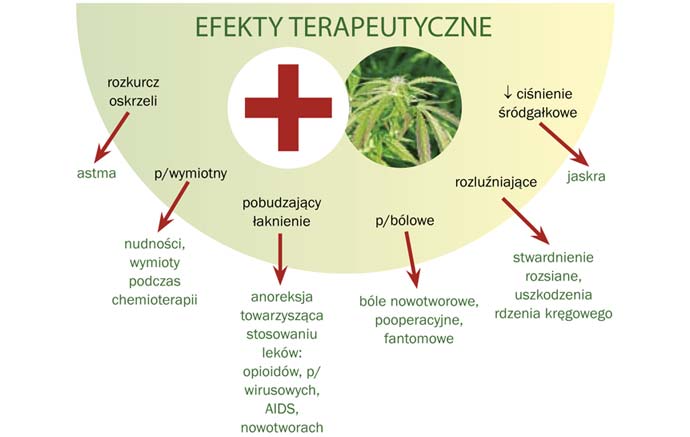Search in blog
Latest posts
Cannabinoids have a big impact on the human circulatory system...
Cannabis sativa has been known since nearly 8,000 BC. They were used mainly as fibroferous plants, oily plants and also as animal feed. Later, attention was also paid to their healing effect. The anti-inflammatory and analgesic properties of cannabinoids (CBD), natural substances derived from hemp, have been used to treat many diseases.
Modern man associates cannabis mainly with marijuana (weed), used as a stimulant with a pronounced psychotic effect. However, the object of interest of researchers is a unique phytocannabinoid
– cannabidiol (CBD).
It is one of more than 60 compounds isolated from hemp, referred to as cannabinoids (CBD). In general, they can be divided into: natural (vegetable and animal) and synthetic. The most important plant cannabinoids from a pharmacological point of view are ∆9-THC and CBD. Anandamide (AEA), on the other hand, is the first endocannabinoid discovered.
The specificity of CBD is that it is the only one that does not cause neurobehavioral changes – it has no psychotic effect.
The cannabinoid receptors CB1 and CB2 are typical metabotropic receptors whose long protein chain exceeds the cell membrane seven times. Their location is in close correlation with their effects. CB1 receptors in the central nervous system inhibit the effect on the release of neurotransmitters and determine the central action of cannabinoids. In turn, the reaction via CB2 receptors located mainly in the immune system, causes a decrease in the resistance of humans and experimental animals to infectious diseases.
The pharmacological effects of cannabinoids (CBD), thanks to which hemp today is mainly used in alternative medicine, are: bronchodilator, appetite stimulation, antiemetic, analgesic, relaxing and the ability to lower intraocular pressure and many others.
Intravenous injection of CBD to rats dormant with urethane leads to a characteristic three-phase response from the circulatory system. At the beginning, a decrease in heart rate lasting a few seconds is observed, accompanied by a sharp decrease in blood pressure – phase I. Then the heart rate returns to baseline and blood pressure increases significantly – phase II. At the end, long-term hypotension and sometimes bradycardia – phase III are observed (Fig. 3).

Studies to elucidate the mechanisms have shown that phase I depends on the activation of TRPV1 vanilloid receptors located at the sensory endings of the vagus nerve in the heart, for which CBD is an agonist. Phase II probably consists of a central component, anatomically related to the neurons of the pressure part of the vasomotor center in the medulla oblongata, increasing the activity of the sympathetic system, and the peripheral-vascular component. Phase III involves the stimulation of CB1 receptors located presynaptically at the ends of sympathetic fibers innervating the resistance vessels and the heart.
Potential therapeutic significance may be the fact that in many conditions such as cirrhosis, myocardial infarction, septic or hemorrhagic shock, the concentration of endocannabinoids in the blood increases sharply, which leads to hypotension.
In addition, it has been suggested that CBD has a cardio- and neuroprotective effect, and their peripheral effects may be partly responsible for the positive effects of estrogens on the body. It is also important to observe that a very small dose of cannabinoids reduces the development of atherosclerosis.